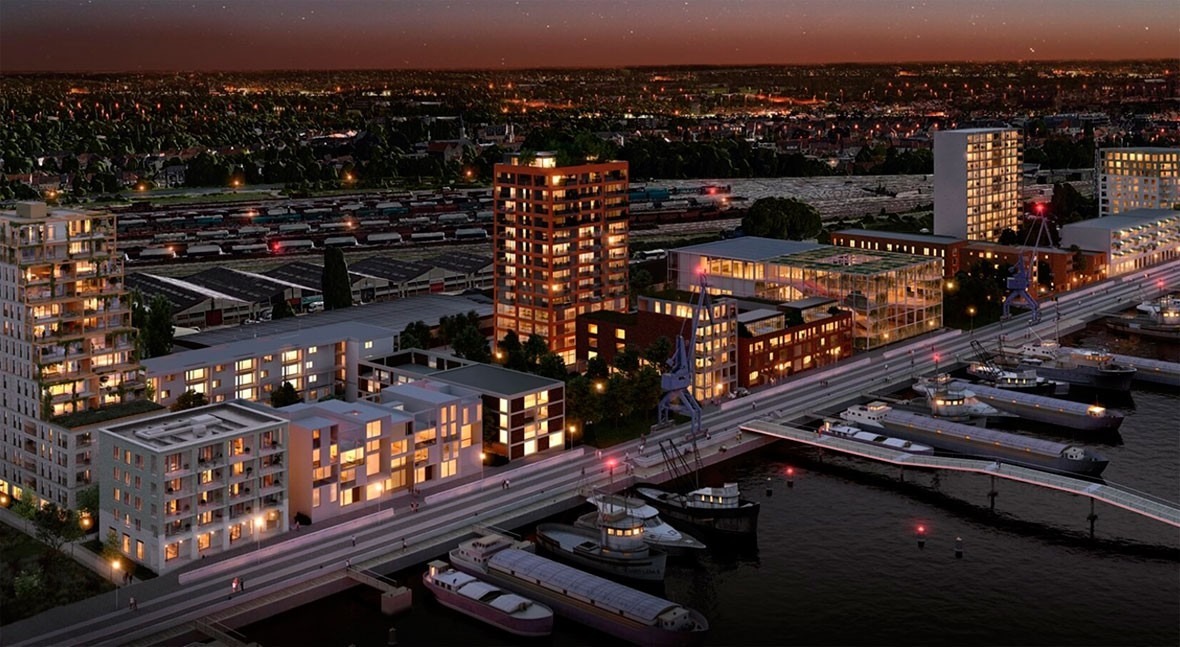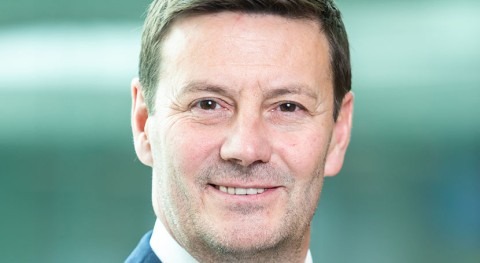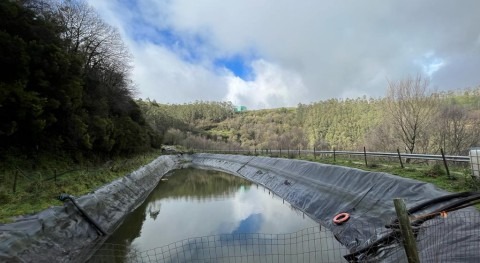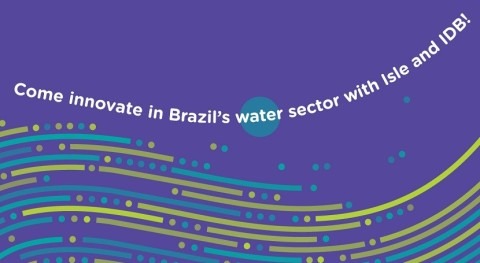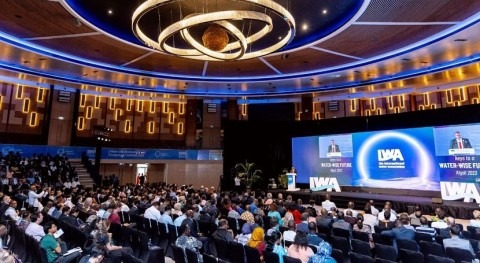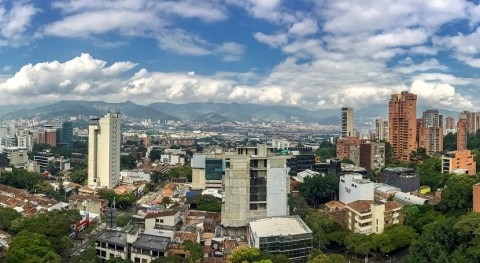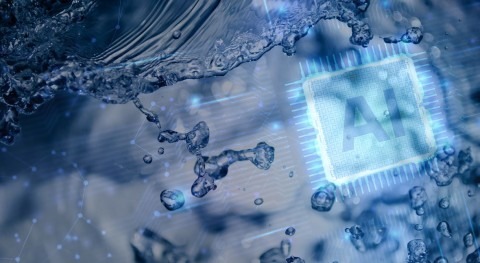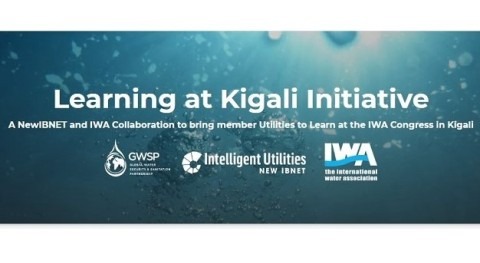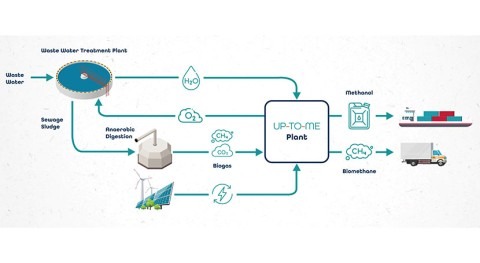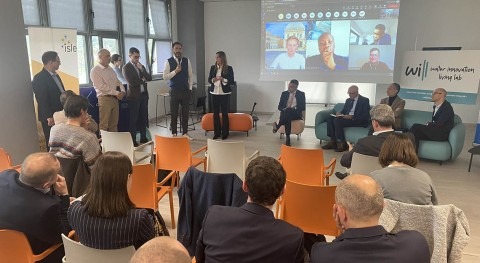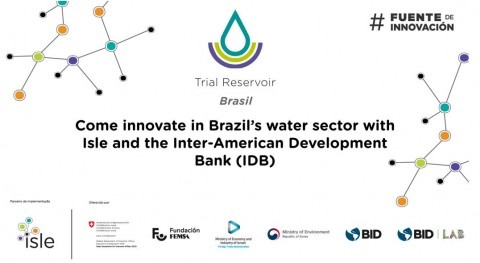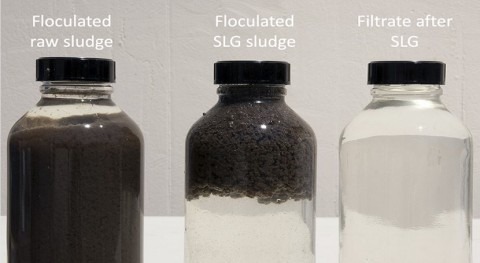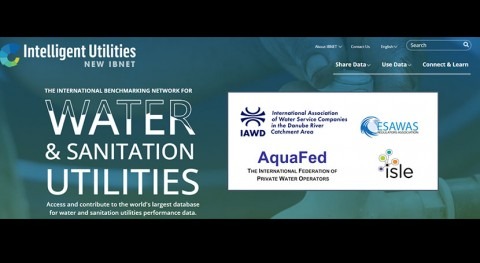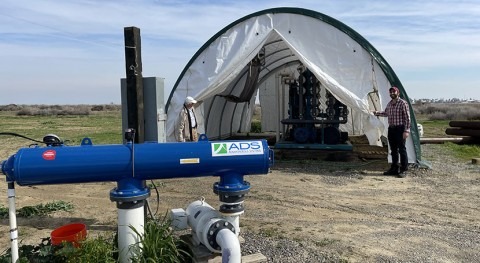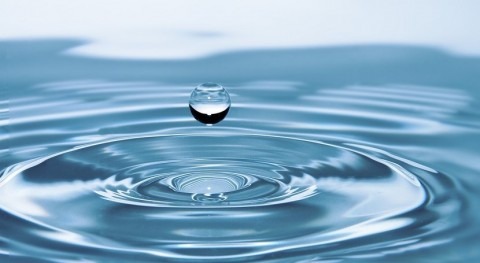RUN4LIFE (Recovery and utilisation of nutrients for low impact fertilizer) is a €6.2M four-year collaborative project coordinated by Aqualia and funded by the European Commission under the Horizon 2020 Research and Innovation programme (GA no 730285), starting in June 2017 and ending in November 2021.
The main goal of RUN4LIFE was to demonstrate a decentralised recovery of up to 100% NPK nutrients and >90% of water from separated black water, kitchen waste and grey water. RUN4LIFE goes beyond technical implementation and promotes market uptake by: i) minimising risks with proactive mitigation, ii) implementing new business models; iii) boosting social and organisational innovation and iv) including end-user perspective (fertiliser companies, farmers, sustainable building developers, wastewater treatment managers) to achieve real use of the obtained products.
Domestic wastewater is an important carrier of resources, especially water and nutrients – which are hardly recovered in the current centralised wastewater management systems. RUN4LIFE demonstrates an alternative strategy for improving nutrient recovery, based on a decentralised treatment of segregated toilet wastewater, other domestic wastewaters and organic kitchen waste. Innovative technologies are combined to achieve this goal. At 4 demonstration sites in Europe (Vigo-ES, Ghent-BE, Sneek-NL and Helsingborg-SE), for the first time nutrients have been recovered from domestic waste streams of several 100 dwellings. In collaboration with fertilizer producers, the resulting products have been characterised and the possibilities for their agricultural application determined. End users and other stakeholders have been a fundamental part of this evaluation to achieve institutional, legal and social acceptance.
Isle Utilities (Isle) has led the development of strategies to facilitate rapid market access of the solutions demonstrated during the project. For that purpose Isle has organised and delivered three Innovation Workshops following its Technology Approval Group (TAG) methodology. On the 30th of November, the 3rd RUN4LIFE Innovation Workshop, delivered online, brought together all the project partners and selected key stakeholders from the wider pool of stakeholders who have engaged with the exploitation and replicability of RUN4LIFE (e.g., Inter-American Development Bank, World Bank, Fertiberia, Lesa, Scottish Water, De Watergroep, Waterschap Vallei en Veluwe, Thornton Tomasetti, Antalya OSB Teknopark) .
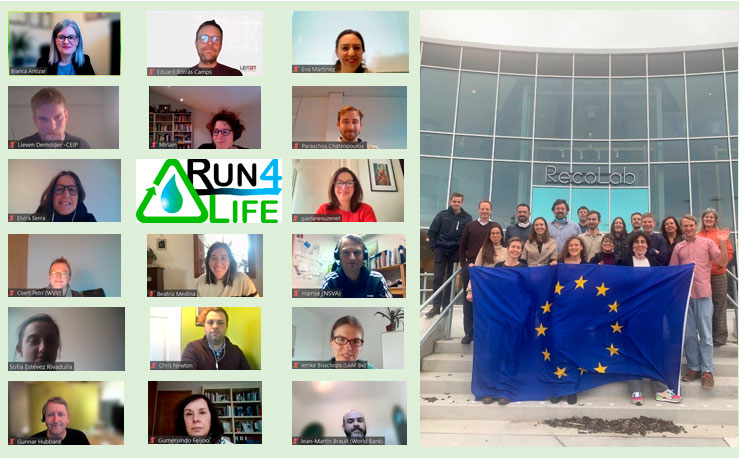
Blanca Antizar, European Director of Consultancy at Isle welcomed all the participants of the Innovation Workshop and highlighted the main activities led by Isle to accelerate the exploitation of the RUN4LIFE results, which started with the exploitable results identification, followed by their evaluation and business planning.
During the implementation of the RUN4LIFE concept, 3 innovative technologies and 12 resource recovered products generated at the 4 RUN4LIFE demo sites (in Vigo, Sneek, Helsingborg and Ghent) were identified as project results that could be exploited through a commercial route. In addition, the Smart Resource Recovery Platform (which is a tool to assess the efficiency of the nutrient recovery technology by monitoring the remaining nutrients in the effluents) was also included in this group of commercially exploitable project results (16 in total). These results were ranked on the basis of their commercial exploitation readiness level and commercialisation potential, and the ones that ranked highest were:
- The Fertilisers produced in Helsingborg,
- Reclaimed water produced in Vigo and
- The Smart Resource Recovery platform
And with medium commercialisation potential:
- The Struvite as well as the NPK solid and liquid fertilisers produced in Vigo, and
- The Hyper-thermophilic anaerobic digestion HTAD technology
The outcomes of the three RUN4LIFE Innovation Workshops also feed to the RUN4LIFE Commercialisation and Business Strategy, which includes Business Model Canvases and Exploitation Roadmaps for the innovative technologies and business cases and different business model scenarios for the RUN4LIFE concept (including the technologies implemented and the products produced) at each demo site.
The introduction was followed by a masterclass provided by Gaëtane Suzenet (International Impact Partners) that included an overview on the public and private financial landscape, strategies to increase chances of success and how to pitch to an investor. The objective of this masterclass was to make the project partners aware of the financial opportunities to accelerate commercialisation of the RUN4LIFE solutions.
After the masterclass, the 3rd RUN4LIFE Innovation Workshop focused on the business cases of the 4 case studies at the demo sites in Vigo, Sneek, Helsingborg and Ghent, that were presented by Eva Martinez (Aqualia), Paraschos Chatzopoulos (DESAH), Lieven Demolder (CEIP) and Hamse Kjerstadius (NSVA), respectively.

RUN4LIFE project layout
Eva Martinez from Aqualia announced that “As part of our next steps, we have engaged in conversations with Zona Franca de Vigo (ZFV) around commercial agreements. ZFV is keen to promote the sustainability path by continuing with the operation of the existing RUN4LIFE facilities”. Eva Martinez also indicated that “ZFV is keen to upgrade the current RUN4LIFE Vigo business case. The idea is to have a progressing scalability so we are increasing the scale of the system in a new office building at Balaidos Industrial Park that is also managed by ZFV where the decentralised wastewater treatment system treats the black water they generate onsite. This new treatment unit is designed to treat 10 times the amount that it is currently treated in the RUN4LIFE project.” The scaling up will require some additional work as Eva Martinez mentioned that “the idea is that ..” Aqualia “.. can optimise the anaerobic process”. The treated water and the nutrients can then be used in the vertical gardens of the office building”.
Paraschos Chatzopoulos fromDESAH revealed that for the next steps “.. we would like to go bigger…” this is a decentralised WWTP above the 2,500 p.e. that they have done during the implementation of the RUN4LIFE Sneek business case. Paraschos Chatzopoulos presented the ambitious plan of “.. looking into cases where we can do direct reuse of greywater, although we are aware that in some countries this is not going to be feasible but it depends on the case by case, and specially with the use of nanofiltration we believe we will be able to do so soon.” He clarified that “.. if we do that we will achieve zero net discharge, basically we will not put anything back to the environment and we could reuse all the..” treated “..wastewater.”
Paraschos Chatzopoulos added that DESAH “.. are also working more in the energy optimisation of the WwTP to eventually have an energy positive treatment instead of a neutral one. We are looking at upscaling the production of fertiliser with Thermophilic Anaerobic Digestion and find some networks where we can supply these fertilisers because it is nice if you produce something but it is even better if you have someone who is keen to buy it”.
Lieven Demolder from CEIP started his presentation with a fundamental question for the Ghent business case to be replicated: “Where will these new sanitation systems be interesting?” He disclosed that CEIP is “thinking a lot about new urban areas without existing sanitation systems, high population density areas where existing sanitation systems cannot accommodate additional users and there is a need to invest in new infrastructures and areas where there is willingness to invest in innovation or to pay for more sustainable solutions.” Lieven Demolder further emphasised that the RUN4LIFE Ghent business case provides “.. a kind of new holistic approach that makes urban areas much more sustainable than before. So the question is what people are willing to pay for that high degree of sustainability in a new development.” He also clarified that “.. this is a more richer urban area and we see that a lot of people are attracted to the sustainability of the Nieuwe Dokken and they really want to be part of it, this could be a new incentive for developing cities to create a new way of urban living.”
Hamse Kjerstadius from NSVA shared their strategy to support the commercialisation and sustainability of the fertilisers produced in the RUN4LIFE Helsingborg business case: “Due to the small scale of production, the NPK pellets we produce will be much more expensive than fossil fertiliser products. So, our aim is to sell them at a zero loss price and that is we do not lose money from selling the pellets. Then we need to sell some of the pellets to the public at at a higher price to subsidise what we really want to do and that is to sell the pellets to farmers at a competitive market price to create a sustainable loop”
Following the implementation of the RUN4LIFE project, it is clear that the four case studies can be replicated and transferred to other regions, which is already being explored.
RUN4LIFE has not only developed 4 new business cases for decentralised domestic wastewater treatment, but also a replication business case, which is going to be the focus of the next steps to ensure the sustainability of RUN4LIFE beyond the EU funded period.
To learn more about the RUN4LIFE concept, partners, demosites, please visit the RUN4LIFE website: run4life-project.eu. For information, please contact Dr Elvira Serra (Elvira.serra@isleutilities.com), Member of the Project Steering Group and Work Package 7, Exploitation and Market Uptake, Leader.
Follow us at:
- Twitter: @RUN4LIFE_H2020
- LinkedIn: linkedin.com/in/run4life/
The project consortium is made up of 14 partner organisations from 7 countries including Spain, the Netherlands, Belgium and Sweden, where 4 demonstration sites are located.


